Australia’s Nobel Prize Winners: Our Academic Pride and Joy
It’s one of the greatest injustices in life is that while actors and sports people are lauded, praised and worshipped throughout the world, those who make essential contributions to our lives go unrecognised and their achievements largely unsung.
There are some obvious exceptions; Nelson Mandela, Ghandi, Ernest Hemmingway, Nadine Gordimer, Albert Einstein and Stephen Hawking. But how many other brilliant minds can you name? Even Nobel Prize winners are seldom heard of outside their specific fields of specialisation.
Australian Nobel Winners?
For example, did you know that Australia boasts 12 Nobel Prize winners, one of whom is the youngest winner for science? Australia has produced some of the best physicists, writers and scientists the world has ever seen, but people are far more interested in the latest selections for the cricket team. It’s a travesty.
The Australian Nobel Prize Winners
Let’s start from the latest and work our way backwards.

2011: Brian Schmidt: Nobel Prize in Physics
Schmidt is, technically speaking, not Australian, at least not by birth. He was born in Montana in the United States and did a lot of his growing up in Alaska. According to Wikipedia, he wanted to be a meteorologist when he grew up, but was disillusioned because it wasn’t scientific enough (or much fun). Instead, he went with a BS (Physics) and BS (Astronomy) from the University of Arizona. He finally ended up with a PhD from Harvard. Shortly after earning is doctorate, he moved to Canberra and the Mount Stromlo Observatory, which is part of the research arm of the Australian National University.
His particular field of interest is the speed at which the universe is thought to be expanding. It was assumed that the rate of expansion was decelerating, but Schmidt and his research partners, Saul Perlmutter and Adam Riess, have proven that it is, in fact, accelerating. It’s this discovery that won Schmidt (and Perlmutter and Riess) the Nobel Prize in Physics.
Australia can lay claim to Schmidt and his physics Nobel Prize because he now holds dual US/Australian citizenship. And even if he didn’t, all of his work, all of his discoveries occurred in Australia. He’s remained loyal to the Mount Stromlo Observatory, where he is now a professor. Schmidt is also an Australian Research Council Laureate Fellow with a string of awards to his name.
2009: Elizabeth Helen Blackburn: Nobel Prize in Physiology or Medicine
Blackburn’s situation is the exact opposite of Schmidt. Blackburn was born in Hobart, Tasmania but moved to California. She lives in San Francisco where she works as a biological researcher and professor of biology and physiology at the University of California. Blackburn’s speciality is in chromosomes, more specifically in telomeres, which protect chromosomes. According to Wikipedia, Blackburn co-discovered an enzyme, called telomerase, which replenishes telomeres. The discovery led to the Nobel Prize in Physiology or Medicine, which she won with her partners, Carol W Greider and Jack W Szostak.
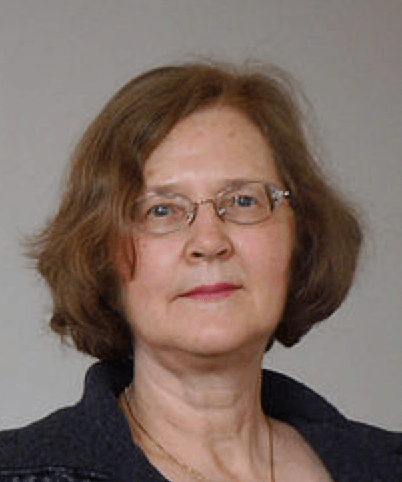

2005: Barry James Marshall and Robin Warren: Nobel Prize in Physiology or Medicine
Marshall is a born and bred Australian Nobel Prize winner. He was born in Kalgoorlie, Western Australia, but has spent most of his life in Perth. He got his academic start at Newman College and the University of Western Australia. He specialises in ulcers, specifically the causes. Marshall and his research partner, Robin Warren, proved that peptic ulcers are caused by bacteria. Warren was born in Adelaide and earned his degree at the University of Adelaide.
Marshall’s approach was somewhat controversial: he drank a concoction of Helicobacter. pyloricultures in the hope of developing an ulcer. And three days later, the ulcer obligingly appeared. Marshell’s discovery, linking bacteria to peptic ulcers, and his successful treatment with antibiotics, earned him and Warren the Nobel Prize in Physiology or Medicine. Marshall and Warren have both been awarded the Order of Australia.
1996: Peter Charles Doherty: Nobel Prize in Physiology or Medicine
Doherty’s route to Nobel Prize-hood is an interesting one. He started his medical career as a veterinary surgeon, but also did medical research, which is probably how he became interested in immunology. His Nobel Prize, which he earned jointly with his research partner, Swiss-born Rolf Zinkernagel, was for determining how our immune cells protect us against viruses. It all relates to T-cell, antigens and the major histocompatibility complex. As an aside, Zinkernagel got his PhD through Australian National University, which means Australia could, if it wanted to, claim a great deal of credit for his Nobel Prize.
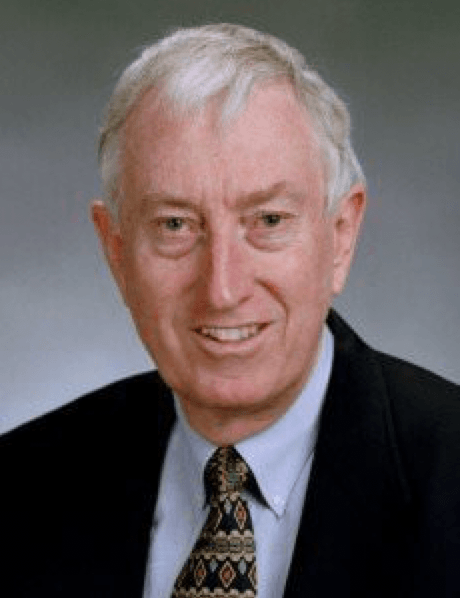
Like Marshall and Warren, Doherty is also a true blue Australian. He was born in Brisbane and earned his degree from the University of Queensland. He spent some time in Scotland earning his doctorate from the University of Edinburgh but returned to Australia and the John Curtin School of Medical Research in Canberra. In addition to his Nobel Prize, Doherty has been awarded the Order of Australia, been Australian of the Year (1997) and been hailed as an Australian Living Treasure.
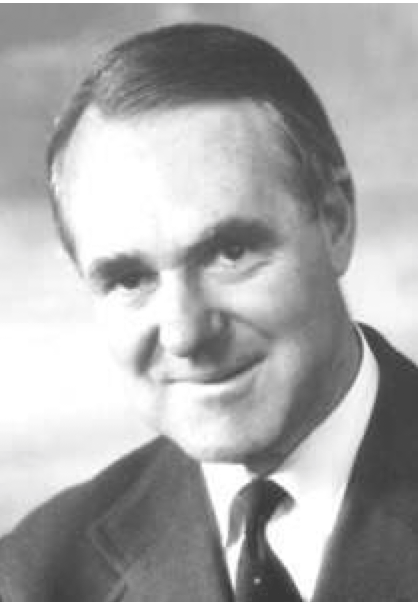
1975: Sir John Warcup ‘Kappa’ Cornforth: Nobel Prize in Chemistry
Cornforth is a Sydney city boy; he was born in Sydney, went to school in Sydney and graduated from the University of Sydney – School of Chemistry. He completed his postgrad work at Oxford, after his impressive grades earned him a scholarship. He was a bigwig in research from early on in his career, dissecting the chemistry of penicillin and then immersing himself in steroid synthesis. His Nobel Prize was the result of a partnership with Vladimir Prelog, during which they studied the biosynthesis of cholesterol from acetic acid. He’s been awarded the Order of Australia, awarded a CBE (Commander of the British Empire), and is a Fellow of the Royal Society. Like Doherty, he was named Australian of the Year.
1973: Patrick Victor Martindale White: Nobel Prize in Literature
White was not born in Australia. He was born in London, but that fact doesn’t detract from his Australian-ness because his family moved to Sydney when he was six months old (Wikipedia). He started writing plays when he was still a young child, partly to cope with the strain of being sent to boarding school and partly, one imagines, as an outlet for his vivid imagination. It’s at this point that the UK is able to stake a claim on his Nobel Prize, as he was shipped off to Cheltenham College, Gloucestershire. White bounced between the UK and Australia a couple of times, working as a stockman in Australia and then going back to the UK to complete a literature degree at Cambridge. While at Cambridge, White became a published author, with a collection of poems and a play.

All the while he worked on becoming a published novelist. His early writing career was rudely interrupted by WWII, after which he returned to Sydney and started to establish himself as a writer.
It is interesting that while his work was generally well received, even acclaimed, internationally, he failed to make any significant impact or win any praise in his home country. At least not until his fifth novel, Voss. For a long time White had the distinction of being the only Aussie author to have won a Nobel Prize for literature. Then JM Coetzee moved from South Africa to Australia and White had to share the honour.

1963: Sir John Carew Eccles: Nobel Prize in Physiology and Medicine
Eccles was born and educated in Melbourne. He studied medicine at the University of Melbourne and completed his Doctor of Philosophy at Oxford. His innate curiosity and dissatisfaction with the knowledge available at that time led him specialise in neuroscience. After a stint doing military research during WWII, he lectured at the University of Otago, New Zealand and the John Curtin School of Medical Research.
His Nobel Prize was awarded for his work on unravelling the mysteries of the synapse, especially in the peripheral nervous system.
1960: Sir Frank Macfarlane Burnet: Nobel Prize in Physiology or Medicine
Burnet, who was born in Traralgon, Victoria, was one of Australia’s most eminent scientists, and his path to a Nobel Prize seems almost to have been preordained. Like many of Australia’s Nobel Prize winners, Burnet did his degree work in Australia (University of Melbourne) and abroad (University of London). He specialised in microbiology and immunology and it was for his work in immunology – for demonstrating acquired immune tolerance and developing the theory of clonal selection – that he won the Prize. He did some of his best work at the Walter and Eliza Hall Institute of Medical Research in Melbourne.
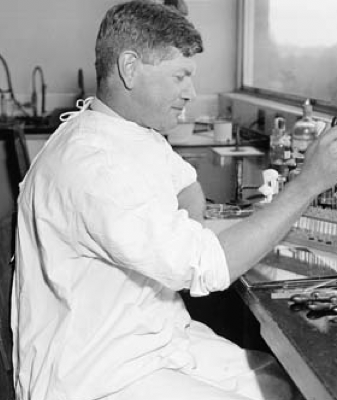
He did some of his best work at the Walter and Eliza Hall Institute of Medical Research in Melbourne. He also worked at the University of Melbourne and was one of the founders of the Australian Academy of Science. In addition to his ground breaking work in immunology, Burnet also played a vital role in increasing our understanding of the flu virus. His work still influences modern approaches to vaccines and treatments. He also excelled in research relating to virology and bacteriology and was, especially in later years, a prolific writer.
He was once awarded the tile of Australian of the Year, he was awarded the order of Australia and was only the fourth person to be made a Knight of the Order of Australia. He won a host of other accolades and honours from the Commonwealth and Royal Society and even Japan.
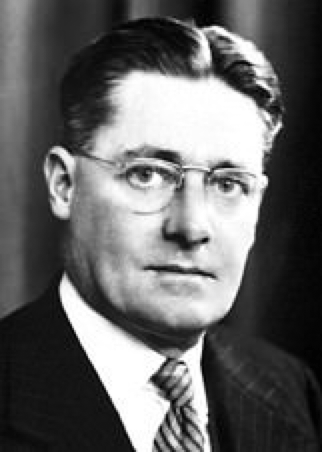
1945: Howard Walter Florey: Nobel Prize in Physiology or Medicine
Florey was born in Adelaide, where he continued his tertiary education with a degree in medicine from the University of Adelaide. He also studied at Oxford and Cambridge. He spent some time working as a Professor of Pathology at Oxford. His Nobel Prize, which he shared with Sir Ernst Boris Chain and Sir Alexander Fleming, was for his ground breaking work with penicillin. Fleming is the one who is most often credited with the discovery, but, according to Wikipedia, Chain and Florey were the ones who took Fleming’s theories and turned them into practical treatments.
Florey’s accolades and honours include being appointed a Knight Bachelor, winning the Lister medal, and being Chancellor of the Australian National University, during which time the lecture theatre at the John Curtin School of Medical Research was named after him. Posthumously, he was on the Australian $50 note for 22 years, the University of Melbourne created the Howard Florey Institute and the University of Adelaide named its largest lecture hall at the medical school after him. The Royal Berkshire Hospital named the Florey Unity after him and the University of Sheffield’s Faculty of Medicine created the Lord Florey Chair to honour him.
1915: Sir William Lawrence Bragg and Sir William Bragg: Nobel Prize in Physics
The Braggs are a father and son team who had their educational base in Australia (Adelaide), but who completed the Nobel Prize winning work in the UK. Sir William Bragg (father) was an Elder Professor of Mathematics and Physics and the University of Adelaide, while Lawrence Bragg went to the University of Adelaide at the tender age of 14 year old. He graduated four years later and moved with the rest of his family to the UK where he studied further at Cambridge. Given that Bragg was something of a child prodigy, it’s perhaps not surprising that he remains the youngest winner of a Nobel Prize, which he won at the age of 25 years old.
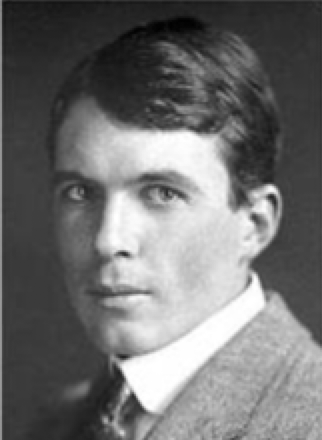
Given that his father was something of a pioneer in the field of X-rays (he was the first person to officially use X-rays to determine broken bones – in Lawrence’s arm), it’s perhaps also not surprising that William Bragg’s field of expertise was in X-rays, particularly X-ray crystallography. He was only 22 years old when he discovered the Bragg Law of X-ray diffraction. He worked with his father, who developed an X-ray spectrometer, which allowed crystals to be analysed using X-rays.
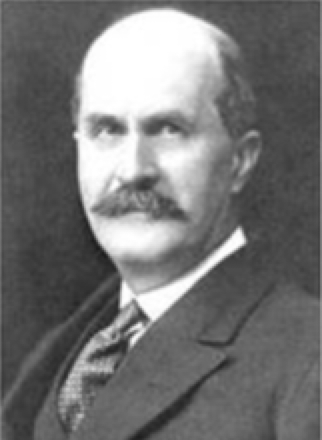
It’s for this work that the duo won the Nobel Prize. In addition to being the youngest Nobel Prize winner, Lawrence, with his father, are the only father/son team to share the prize. Lawrence Bragg also played important roles in determining sound ranging methods (during both World Wars) and played a supporting role in the discovery of DNA. He was awarded the Order of the British Empire, the Order of the Companions of Honour, the Military Cross and was made a Fellow of the Royal Society. The Australian Institute of Physics created the Bragg Gold Medal for Excellence in Physics (in honour of Sir Lawrence) and another in honour of Sir William, which goes to the best PhD thesis from any university in Australia.
Notable Mentions
There are several other brilliant Nobel Prize winners who could possibly be considered Australian:
Bernard Katz
Who was born in Germany but who later became an Australian citizen and then even later still moved to the UK. Kratz won the Nobel Prize in Physiology or Medicine in 1970
John Harsanyi
Who was born in Hungary, completed his vital postgraduate work at the University of Sydney before working at the University of Queensland and the Australian National University, until he moved to the USA, where he won his Nobel Prize in Economic Sciences in 1994
Aleksandr Prokhorov
Who was born in Queensland, but moved to Russia with his parents when he was seven years old and who won the Nobel Prize in Physics in 1964
Jose Ramos-Horta
Who was born in Dili, Timor Islands and who lived in a number of different countries, including Sydney. He founded the Diplomacy Training Program at the University of New South Wales. Ramos Horta won the Nobel Peace Prize in 1996
Robert Robinson
Who was born and educated in the UK, which is also where he won his Nobel Prize in Chemistry in 1947. He spent some time as the Professor of Applied Organic Chemistry at the University of Sydney. His links to Australia are particularly tenuous


